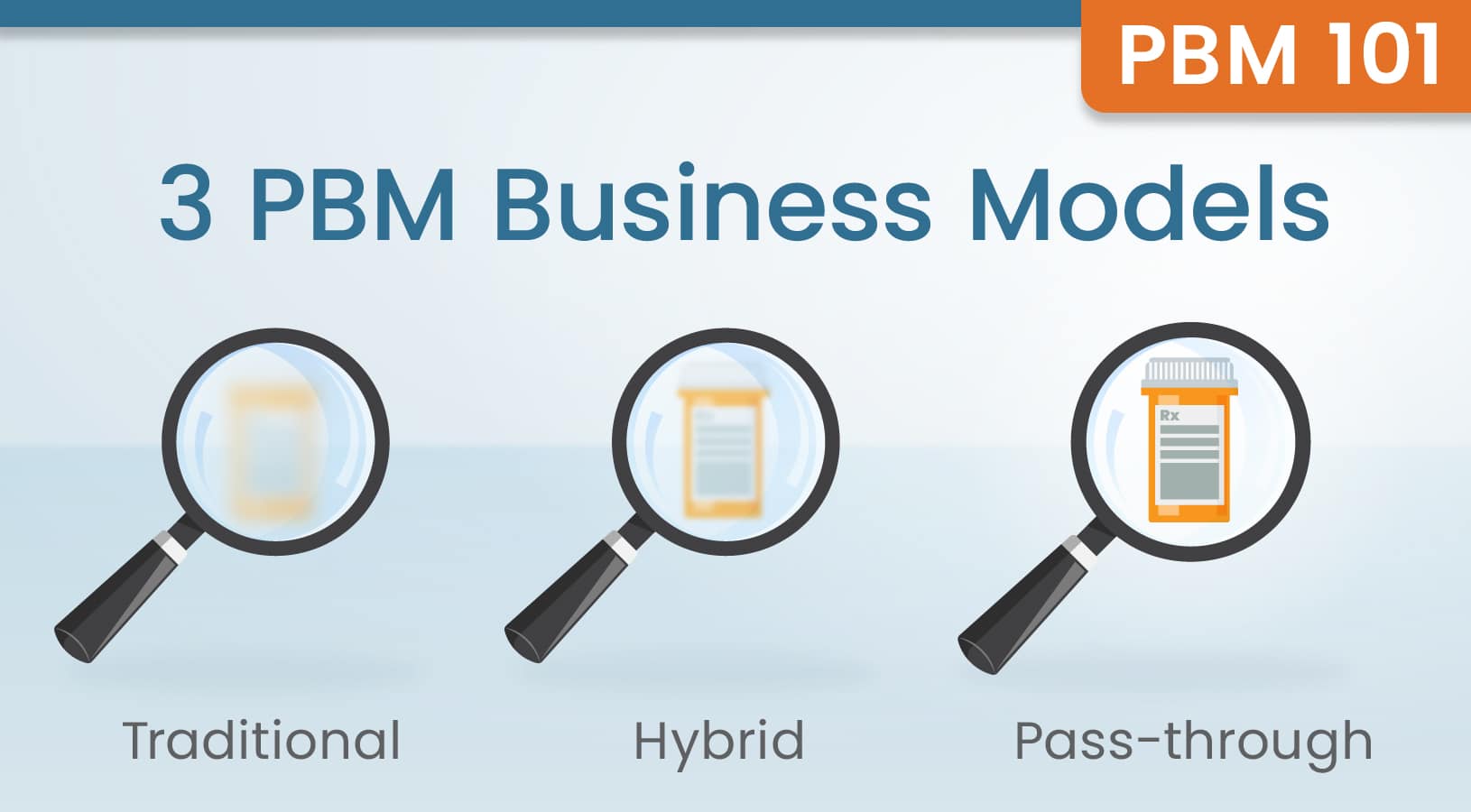What Does It Mean to Have a Transparent Pharmacy Benefit Manager?
Is your PBM 100% transparent? If its not, it’s time to take a closer look to see why. In this week’s blog, Navitus’ Chief Growth Officer, Byron Mickle, shares his industry insight on what true transparency really means, and what plans sponsors should keep in mind when it comes to PBM transparency.
According to an IQVIA Institute report, by 2023, drug spending is expected to increase to over $420 billion per year. As employers and plan sponsors look for ways to reduce costs and better manage expenses in today’s uncertain environment, having a transparent and pass-through pharmacy benefit manager (PBM) that’s committed to making prescriptions more affordable for plan sponsors and members, is essential.
What Is Transparency in the PBM Industry?
Simply put, true transparency is an operational way of doing business that translates into lower costs. To make the most cost-effective decision for an organization, plan sponsors must have a clear view into and understanding of PBM business models. At Navitus, we have a full pass-through model, where we pass 100% of all network discounts and pharma rebates we receive directly back to the client, allowing us to take the unnecessary spread out of pharmacy spend. All our revenue is based on a set admin fee.
In a traditional model, however, the PBM may take a spread and charge the client more than the pharmacy was paid for the claim. Or, the PBM may keep some of the rebate, or other pharma money, as a way to make revenue. Significant differences exist between a traditional PBM and a fully transparent pass-through model. Knowing the difference can help plan sponsors save significantly on pharmacy benefits.
Here are some additional considerations plan sponsors should keep in mind when it comes to PBM transparency; or the lack thereof:
Drug Mix and Formularies
Every PBM has its own approach to drug mixes or formularies, but an important piece of reducing spend is helping members avoid high-cost products when an equally effective, lower cost brand or generic alternative exists. A transparent PBM will offer cost-effective alternatives, such as generics or less expensive brands, to drive lower net costs. Most traditional PBMs promote higher cost brands that offer higher rebates and yet yield a higher spend for the client when compared to a lowest-net-cost approach to formulary. At Navitus, we promote a lowest-net-cost formulary which saves clients 6-9% net over the higher rebate-driven approach of traditional PBMs; drug mix matters.
Utilization Management
Having the right mix of drugs on a formulary is an important step in controlling a client’s drug spend and trend. Prior authorizations of high cost specialty medications is a vital tool in that effort. For example, traditional PBMs have consistently approved prior authorizations (PA) at well over 90% for the top 10 therapeutic classes of high cost specialty drugs. This approach directly leads to higher spend for the client, as well as higher revenue for the traditional PBM. Navitus follows the recommended clinical guidelines in approving PA’s which results in a 60-70% acceptance rate for the same therapies. This translates to a lower cost for these very expensive specialty medications.
Access to Claims Data
A transparent, pass-through PBM partner should allow you to audit 100% of your claims data and invoices, giving a plan sponsor easy visibility into true total costs. Having access to this level of data helps plan sponsors make informed plan decisions and better monitor their PBM performance and results. Traditional PBM models that are less transparent have full control over a company’s claims data, meaning they can “manage” what information an organization is allowed to audit.
Sources of PBM Revenue
PBMs make money in different ways, but a transparent one should only make money through one source—a single, agreed-upon administrative fee that covers everything needed to manage the pharmacy benefit. Traditional model PBMs make money through a long list of pricing practices, including retail and mail-order spread, rebates, and hidden non-disclosed costs. All of these practices can significantly increase a plan sponsor’s spend.
Working with a completely transparent, pass-through PBM like Navitus allows plan sponsors to better understand their true costs, monitor overall performance and make informed decisions to manage Rx trend. If you’re interested in improving your organization’s pharmacy benefit plan performance and reducing costs, I encourage you to read our 2019 Annual Drug Trend Report for more information.

written by bYRON mICKLE
Byron Mickle is the Chief Growth Officer at Navitus, where he oversees and provides executive leadership to the Sales and Marketing departments. With an intimate understanding of the different PBM models and broad industry experience, Byron provides unique insight on the PBM landscape and its influence on Rx costs.
Stay Informed and Connected
Receive expert insights, healthcare tips, and important updates on pharmacy benefits, drug recalls, and more—straight to your inbox.
Examining Trends that Drive Informed Decisions
Now Available: 8th Annual Drug Trend Report
See the latest results and access industry insights you need to navigate current trend drivers.








